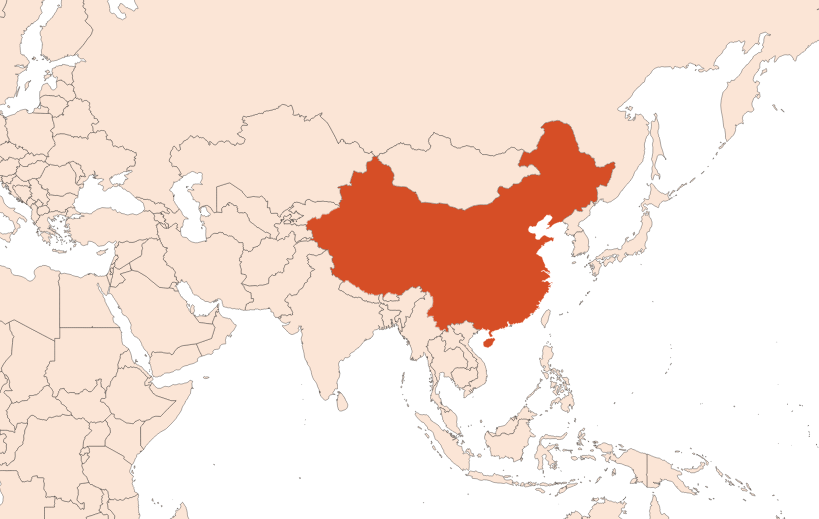Magnolia Flower EO
Naturelle
Floral > White Flowers > Solar > Butyric > Yellow Fruits

Crédits photo: ScenTree SAS
Latin name :
Michelia alba
Botanical profile :
Magnolia tree is part of the Magnoliaceae family, and of the genus Michelia (as Champaca Absolute)
Geographic origin :
Magnolia has a natural distribution located in majority in Asia (Java island, Indonesia). It is also possible to find it in the eastern part of North-America, in Central America, and in South America for some spieces.
Chemotypes :
Magnolia is, along with Champaca Absolute, one of the only flowers of the genus Michelia used in perfumery. It is known for its pronounced scent.
The Michelia genus includes about 50 reported species. Among them, we can distinguish :
Michelia alba (White Magnolia - Magnolia Flower EO), native to Java, Indonesia, with very fragrant white flowers, rich in Linalool.
Michelia Champaca (Champaca Absolute), grown mainly in the Himalayas and providing an absolute rich in Beta-Ionone.
Michelia figo, cultivated in small quantities in China for its perfume.
The Michelia platypetala, or Chinese magnolia, whose absolute is rich in Methyl Benzoate and Acetophenone.
The Michelia genus includes about 50 reported species. Among them, we can distinguish :
Michelia alba (White Magnolia - Magnolia Flower EO), native to Java, Indonesia, with very fragrant white flowers, rich in Linalool.
Michelia Champaca (Champaca Absolute), grown mainly in the Himalayas and providing an absolute rich in Beta-Ionone.
Michelia figo, cultivated in small quantities in China for its perfume.
The Michelia platypetala, or Chinese magnolia, whose absolute is rich in Methyl Benzoate and Acetophenone.
Extraction process :
Magnolia is a medium sized tree ranging from 6 to 15m high. The flowers are usually harvested in the early evening and then at night, as it is during these times that the flowers are most fragrant. It is then possible to extract its essential oil by distillation with a very low yield of 0.1 to 0.2%. Absolutes can also be extracted with hexane (yield ranging from 0.04% to 0.05%). Very recently, studies have shown that CO2 extractions are also possible but that the profitability of such a process is still difficult.
It should also be noticed that some producers still use the enfleurage technique because it provides the best olfactory restitution. However, the price of such a process does not make the trade profitable and it is very rare to find it in perfumes.
It should also be noticed that some producers still use the enfleurage technique because it provides the best olfactory restitution. However, the price of such a process does not make the trade profitable and it is very rare to find it in perfumes.
Major Components :
Linalool (≈90%)
Methyl Eugenol (≈2%)
Beta-Elemene (≈2%)
Ethyl 2-Methylbutyrate (≈2%)
Methyl 2-Methylbutyrate (≈2%)
Beta-Caryophyllene (1-2%)
Methyl Eugenol (≈2%)
Beta-Elemene (≈2%)
Ethyl 2-Methylbutyrate (≈2%)
Methyl 2-Methylbutyrate (≈2%)
Beta-Caryophyllene (1-2%)
- Uses in perfumery :
- Makes it possible to nuance floral notes, usually white flowers notes, with a warm and fruity facet.
- Other comments :
- Although it is called Magnolia, this tree is part of the Michelia genus, as is thus not a real magnolia.
Although used in perfumery, the magnolia was originally an ornamental tree used in Asia for medicine. - Volatility :
- Heart
- Appearance :
- Pale yellow liquid
- Stability :
- Esters found in this essential oil can form their corresponding acid in stability.
Also, the presence of Methyl Eugenol can also bring coloration issues. - Price Range :
- €€€€
- Aromatherapy :
Informations provided below are taken from reference works in aromatherapy. They are given for information purposes only and can not constitute medical information, nor engage the responsibility of ScenTree.
Magnolia Flower essential oil is known for its antimicrobial, antiasthenic and antidepressant properties.

Crédits photo: ScenTree SAS
- EINECS number :
- 285-376-6
- FEMA number :
- 3950
- Allergens :
- This ingredient does not contain any allergen.
- IFRA :
- This ingredient is restricted by IFRA
- Annexe I :
- Some regulated synthetic ingredients are found in nature and in certain proportions in natural ingredients. This presence in nature has to be taken into account when calculating limits of use recommended by the IFRA. In case you do not know these concentrations, you can use the ones estimated by the IFRA. Here they are :
- Annexe I :
- Some regulated synthetic ingredients are found in nature and in certain proportions in natural ingredients. This presence in nature has to be taken into account when calculating limits of use recommended by the IFRA. In case you do not know these concentrations, you can use the ones estimated by the IFRA. Here they are :
| List of regulated compounds contained in this ingredient | ||
|---|---|---|
| Regulated ingredient name | CAS N° | Estimated Concentration |
| Geraniol | 106-24-1 | 0,4 |
| Methyl eugenol | 93-15-2 | 2,8 |
| List of regulated compounds contained in this ingredient | ||
|---|---|---|
| Regulated ingredient name | CAS N° | Estimated Concentration |
| Geraniol | 106-24-1 | 0,4 |
| Methyl eugenol | 93-15-2 | 2,8 |
To learn more about IFRA's standards : https://ifrafragrance.org/safe-use/library
ScenTree is solely responsible for the information provided here.

